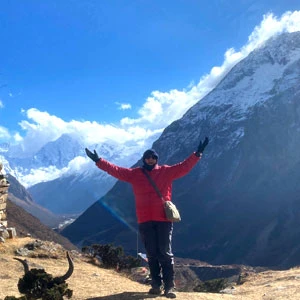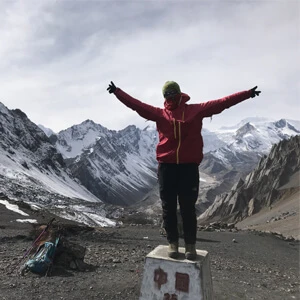The 17 Days Tsum Valley Trek was only opened to trekking in recent years and it’s become highly regarded both in its own right and as a popular addition to the classic Manaslu Circuit Trek. While the landscapes, mountain scenery, and wildlife make the journey more than worthwhile, the truly outstanding feature of this trek is the richest Tibetan Buddhist culture that lies at its heart, making it one of Nepal’s truly magical experiences.
Kathmandu to Tsum Valley:
Starting from Machha Khola and following the riverbanks of the Budhi Gandaki northward through semitropical ranges of countless cascades and dense foliage, the trail reaches the village of Jagat and branches away northeast towards Tsum Valley and the restricted status of the region that has largely shielded it from the outside world. Beyond Chhekampar lies the famous nunnery of Rachen, while further afield at the valley’s head lie the legendary monasteries of Mu Gompa and Dhephu Doma—the panoramic views from Chhokang Paro and Mu Gompa have to be seen to be believed. Further north lies the mystical Tibetan plateau, accessible since ancient times by the route over the high pass of Nglua (5093m) to the border.
The return journey provides a further highlight under the incomparable views at Ganesh Himal Base Camp (4900m), a one-day excursion from the village of Gompa Lungdang—a breath-snatching hike with breathtaking views.
History and the Unique Culture of Tsum - Hidden Valley In Nepal:
A holy and hidden sanctuary known in the distant past as Beyul Kyimolung, Tsum Valley has long had strong associations with Buddhism and is considered sacred to its followers, so much so that the killing of animals is completely prohibited within the valley. Home to a string of monasteries and nunneries, every blade of grass and every stone seems to radiate with the profound faith that has been the cornerstone of the lives of the local people for centuries.
Existing on a mixture of subsistence agriculture, yak herding, and historical trading ties to nearby Tibet via Nugla pass to the north, the local culture has remained largely intact and vibrant behind its long-held anonymity and exists today as a touchstone to a distant era. The countless chortens and mani walls dotting the rugged and beautiful landscape serve as a constant reminder of the gentle and welcoming people who call the remote area their home, with the serene vistas, forests of rhododendron, bamboo, and pine, and dramatic backdrop of the Ganesh Himal range only adding to Tsum Valley's reputation as one of Nepal’s unforgettable destinations.
Given our staff’s background as natives of the Manaslu region, Tsum Valley Trek falls within the scope of our intimate knowledge of the area and is thus one of our favorite treks to recommend to clients: it is that beautiful and memorable experience, even more so if you happen to visit the valley during one of its major festivals. Let our staff be the ones to arrange your trip to this entrancing destination—no one knows it better.
In addition, you can also check out our amazing related packages like the Manaslu Tsum ValleyandManaslu Circuit Upper Route.
Tsum Valley Trek Difficulty
Unlike more popular treks with better infrastructure, Tsum Valley’s trails are rugged, narrow, and often steep, requiring trekkers to navigate rocky terrains, suspension bridges, and sometimes unmarked paths. Additionally, its remote location also adds to the difficulty. The remoteness means limited access to emergency medical facilities and basic amenities, making self-sufficiency and planning essential.
Trekkers should be comfortable walking 6-8 hours daily at elevations up to 3,700 meters, carrying a backpack. The altitude gain is gradual which may cause mild symptoms of altitude sickness. While this journey caters to all trekkers, you will still require a reasonable fitness level. Hence, you must regularly train and exercise at least 3 to 4 weeks prior to the journey. You must indulge in strength training, cardio, and so on.
Best Time To Trek Tsum Valley
The best time to trek Tsum Valley is during the peak seasons of Spring (March to May) and Autumn (September to November). These months offer the most favorable weather conditions, with clear skies and excellent visibility of the surrounding Himalayan peaks. Temperatures during these months are moderate, ranging from cool mornings to comfortable daytime trekking conditions, making it easier to navigate the rugged terrain. Additionally, these seasons also contribute to dry trails, reducing the risk of slips and falls.
Having said that, these perfect conditions attract trekkers from all over hence, making the trail busier than the other times. Hence, you must book your accommodation in advance.
Tsum Valley Permit Costs
The Tsum Valley is a restricted area within the Manaslu Conservation Area and some parts of it overlap with the Annapurna Conservation Area. To keep this trail preserved, trekkers must have the following trekking permits.
- Manaslu Special or Restricted Area Permit (available from Nepal Immigration in Kathmandu and Pokhara): - It costs $100 from September to November for the first seven days plus $15 for each additional day, and $75 from December to August for the first seven days plus $10 per additional day per person. Also, a minimum of two people and a licensed guide is mandatory to obtain the Manaslu Circuit Trekking permit.
- Manaslu Conservation Area Project (MCAP) (Nepal Tourism Board, Kathmandu, and Pokhara): - It costs 3000 Nepali rupees per person, which can be obtained from the Tourism Board in Kathmandu and Pokhara.
- Annapurna Conservation Area Project (ACAP) (Nepal Tourism Board, Kathmandu, and Pokhara): - Also, it costs 3000 Nepali rupees per person, which can be obtained from the Tourism Board in Kathmandu and Pokhara.
Booking And Payment With Nepal Trekking Experts
To book your trek with us, you have to send a deposit of 10% of the total cost of the trek. Please also forward a copy of your passport, a passport-sized photo, and full flight details if and when available. For your convenience, you may also forward the deposit to us online through our website. It is completely safe, and as soon as you make it, you will get an automatic receipt in your inbox. The rest of the payment can be paid upon arrival.
Likewise, if you want a longer serene and scenic Himalayan adventure, you should consider combining the Manaslu Tsum Valley Trek as well.
If you have any questions, do not hesitate to contact us anytime. We are always ready to assist.


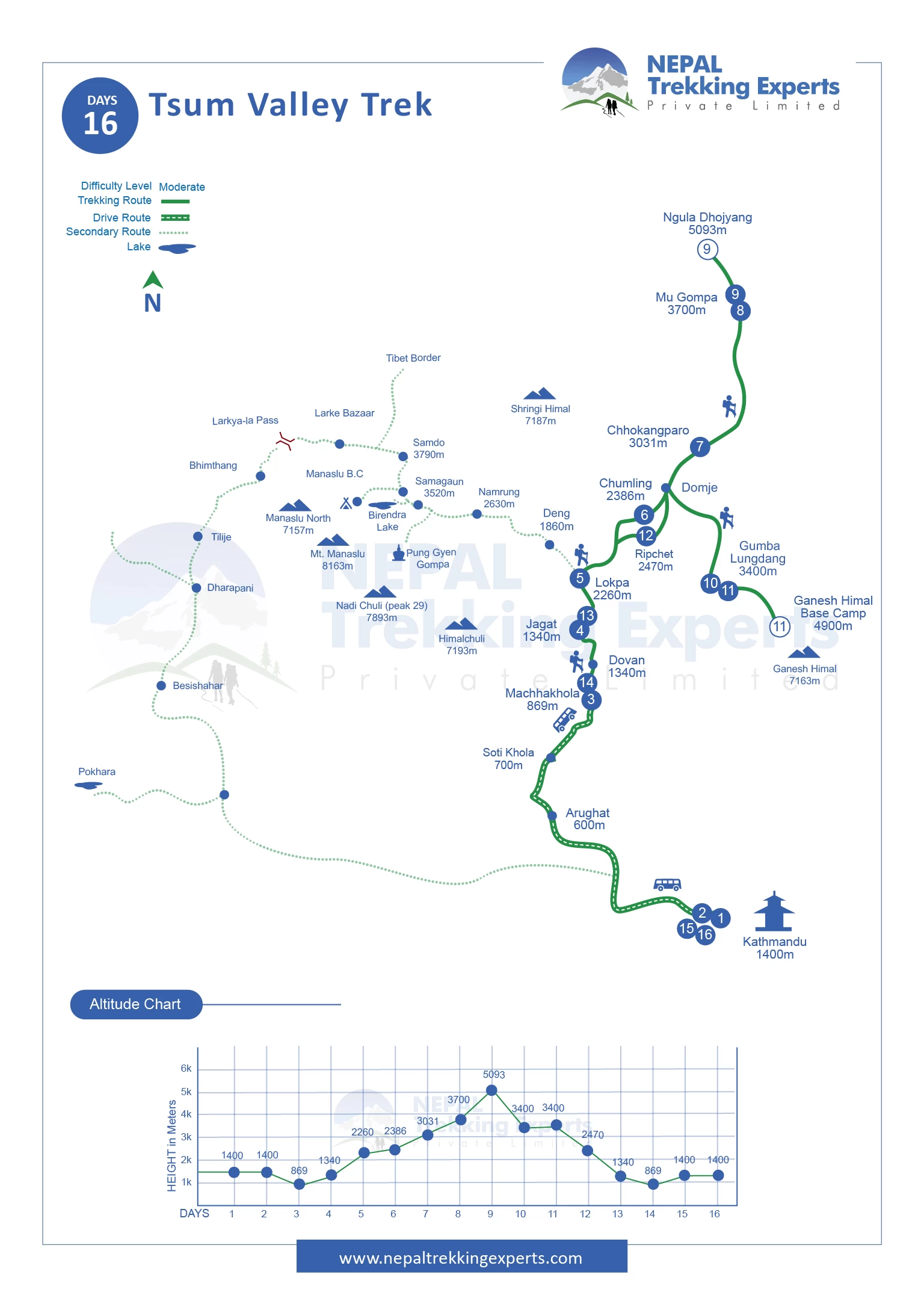

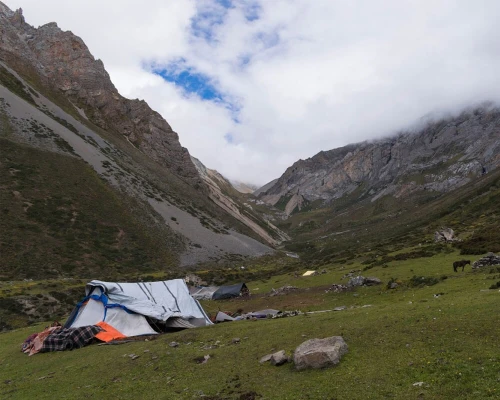
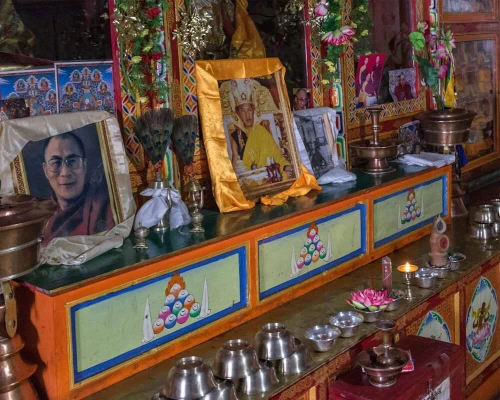
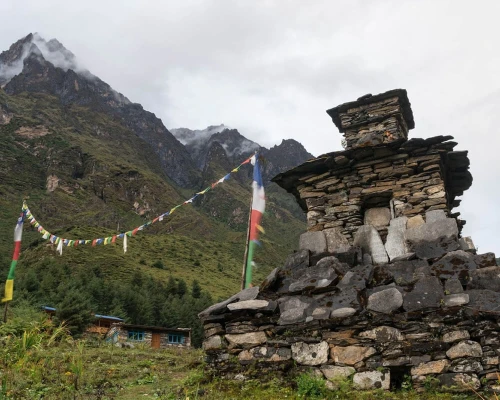
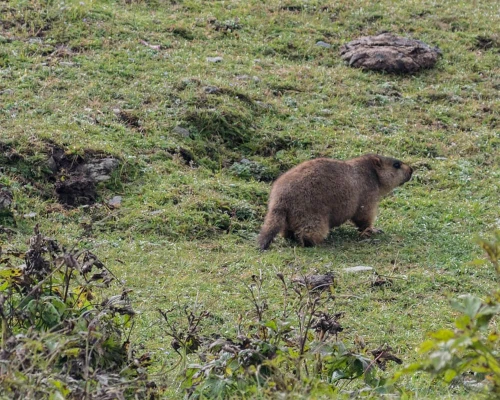
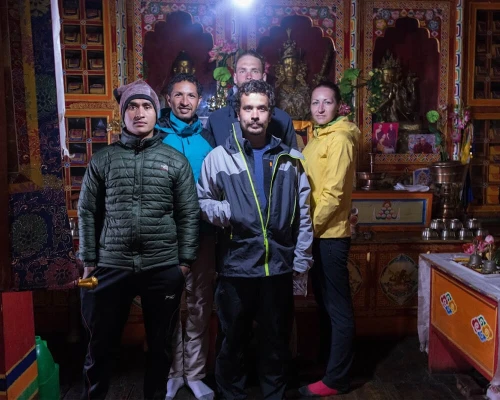


 based on 83 reviews
based on 83 reviews




